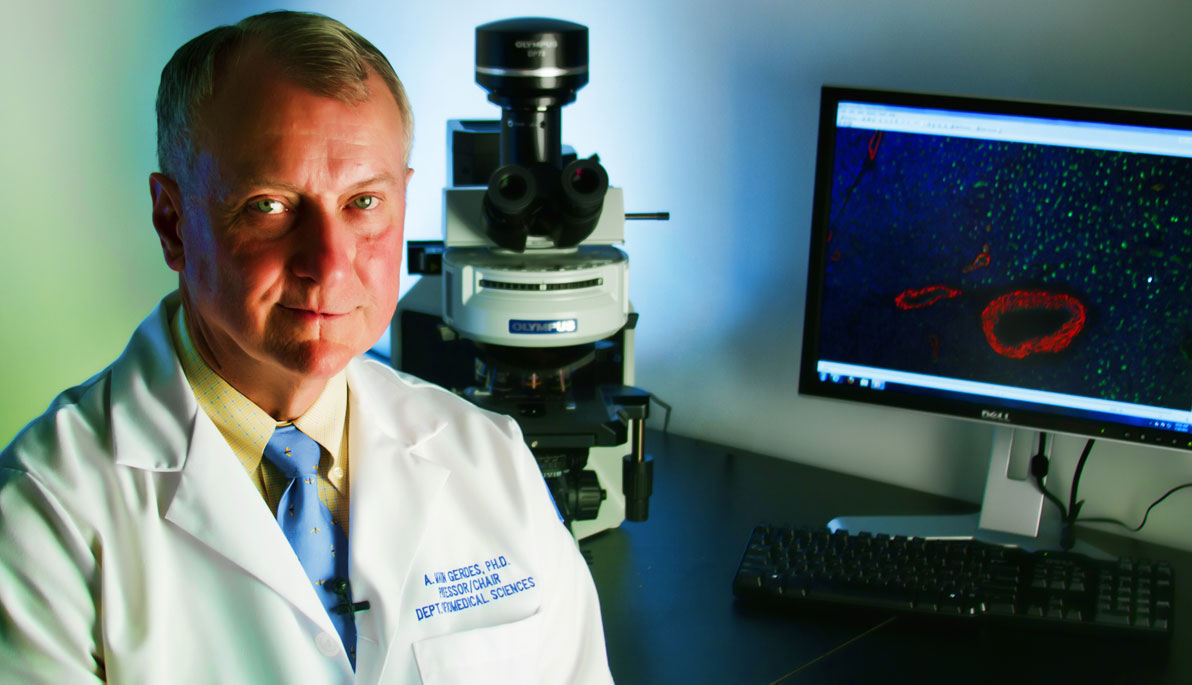News
ScholarTalk: Publishing in Biomedical Sciences
February 27, 2015
For the fourth ScholarTalk post in celebration of American Heart Month, I talked to Martin Gerdes, Ph.D., professor and chair of biomedical sciences at the NYIT College of Osteopathic Medicine, about publishing in the biomedical sciences. Gerdes studies heart failure and his research has appeared in top biomedical publications. He's secured more than $31 million in funding from the National Institutes of Health (NIH) during his career, including his current $1.8 million grant for investigating the effect of thyroid hormones in preventing heart disease.
So you've collaborated on a research project, analyzed your data, and written up your results in a brilliant original paper. Now what? Gerdes provides a few tips on submitting your work for publication. The first step is finding the right venue. When selecting potential publications, Gerdes recommends making sure that your research focus aligns with the material typically published by your targeted journals.
Next, consider the journal's impact factor (this scholarly metric measures "the frequency with which the 'average article' in a journal has been cited in a particular year or period.") Gerdes says: "As a general rule, I try not to publish papers in journals with below a 3.0 impact factor. In my field, I see the American Journal of Physiology as a good benchmark. This journal has been around for over 100 years and is highly respected. The impact factor for AJP is nearly 4.0."
Gerdes' favorite journal is Circulation. With an impact factor that he says is nearly 14, it's a difficult journal to get into. Nevertheless, he advises new researchers to aim high and have a backup plan if your top-choice journal doesn't accept your work. "When rejected, you then march down the ladder starting with the next best journals," he added.
Once you've found a home for your article, make sure to celebrate your accomplishment! And don't be shy about letting the world know you've been published. Gerdes explains: "In my case, the results are often of high clinical relevance. For instance, we published a paper last year demonstrating that a low dose of thyroid hormone completely prevented the heart disease associated with diabetes in a relevant animal model. I collaborated with NYIT's media relations team on a press release about it. This was picked up by about 30 international medical websites."
On three occasions, the NIH has forwarded Gerdes' discoveries to the U.S. Congress to be highlighted as major research advances. He adds: "This is very rewarding, of course, and makes everyone on the research team more excited than ever to charge forward."




